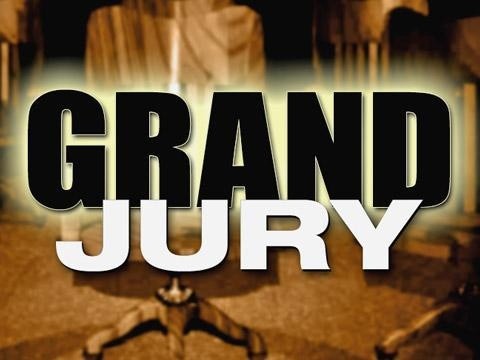When Federal Prison's in Your Future
Are You Going to Federal Prison
In Criminal Cases Knowledge is Key
Sentenced to Federal Prison?
Federal Grand Juries: The Kangaroo Court

Federal Grand Juries are part of the The grand jury system in the United States. This system, specially at the federal level, has long been a subject of controversy and debate. Ostensibly, it’s a crucial part of the justice system, rooted in the Fifth Amendment, designed to determine whether there’s enough evidence for a criminal case to go to trial.
However, critics often liken federal grand juries to kangaroo courts – proceedings that are perceived as unfair, one-sided, and lacking in transparency.
Grand Jury’s Historical Context
To understand the criticism of federal grand juries, it’s essential to delve into the history. Grand juries date back to the Magna Carta, a cornerstone of English law, and were later incorporated into U.S. law.
Their original purpose was noble: to protect citizens from unfounded accusations. Over time, however, this intent has seemingly warped, especially in federal cases, where the grand jury’s role often appears more prosecutorial than protective.
The One-Sided Nature of Federal Grand Juries
One of the most glaring issues with federal grand juries is their inherent one-sidedness. Unlike a trial jury, the grand jury hears only from the prosecution.
The defense has no right to present its side, cross-examine witnesses, or introduce evidence. This lack of balance gives the prosecution a free hand to present its case unchallenged, often leading to indictments based on a skewed portrayal of facts.
Absence of Judicial Oversight
In a typical courtroom, a judge oversees the proceedings, ensuring fairness and adherence to legal standards. However, in the grand jury room, there’s no judge.
The prosecutor runs the show, deciding what evidence to present and how to present it. This absence of judicial oversight can lead to prosecutorial overreach and abuse, further skewing the scales of justice.
Secrecy & Lack of Transparency
The secrecy surrounding grand jury proceedings is another factor contributing to the kangaroo court comparison.
By design, these proceedings are closed to the public and the media, ostensibly to protect the accused’s reputation and the witnesses’ safety. However, this secrecy often leads to a lack of accountability, allowing prosecutors to operate without public scrutiny.
The Federal Prosecutor’s Overwhelming Influence
In a federal grand jury, the prosecutor wields significant power. They select the cases, choose the witnesses, and present the evidence.
With no adversarial challenge, the prosecutor’s narrative often goes unquestioned. This unilateral control can result in grand juries that serve more as a rubber stamp for the prosecution rather than an independent body assessing the merits of a case.
High Indictment Rates Present Telling Statistics
The statistics on federal grand jury indictments are telling. The common adage is that a grand jury would “indict a ham sandwich” if the prosecutor asked. This phrase underscores the ease with which prosecutors can secure indictments, given their control over the proceedings.
The high rate of indictments raises questions about the grand jury’s role as a fair and impartial gatekeeper.
Impact on the Accused
For the accused, a federal grand jury indictment can be devastating. It sets in motion a series of events that can lead to trial, often putting immense pressure on defendants to seek plea bargains, regardless of their actual guilt. This pressure cooker environment, stemming from a one-sided indictment process, can lead to miscarriages of justice.